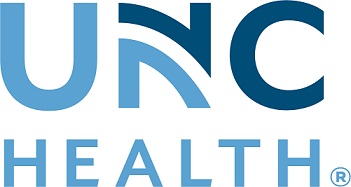Newswise — Prescription drugs are heavily promoted to health care providers worldwide. But in only two countries, the U.S. and New Zealand, prescription drugs are also strongly promoted directly to consumers.
Because these direct to consumer ads typically use emotional appeals to urge consumers to consider medical causes for their symptoms, they may increase physician visits and, in turn, physician diagnoses and prescriptions. Not surprisingly, these advertisements are controversial. A new study from the University of North Carolina at Chapel Hill School of Medicine shows that direct to consumer advertising was initially linked to more physician visits and that physician promotion was linked to more prescriptions. The findings will be presented on Sunday May 31st at Digestive Disease Week in Chicago, Illinois.
According to lead author Spencer D. Dorn, MD, MPH, fellow in gastroenterology & hepatology, direct to consumer advertisements may increase patient awareness and empower them to discuss their health concerns with their physician, and professional promotion may increase physician recognition of constipation and IBS.
"But promotion to physicians may result in overprescribing and overuse of even mildly effective drugs such as tegaserod before adequate information on their health risk is available," Dorn said.
The study involved the drug tegaserod, brand name Zelnorm, a drug for chronic constipation and irritable bowel syndrome that was intensely marketed to physicians as well as the public from 2002 to 2007 ($122 million in direct to consumer ads and $127 million in physician promotion in 2005 alone).
The researchers sought to determine the relationship between this promotional campaign and the number of office visits for abdominal pain, constipation, and bloating, irritable bowel syndrome (IBS) diagnoses, and tegaserod prescriptions.
The team analyzed administrative data from the National Ambulatory/Hospital Medical Care Surveys (1997"2005) and proprietary data from the Integrated Promotional Services database and IMS Health's National Prescription Audit Plus data in order to assesses the relationship between the promotional campaign and the number of individuals who saw a physician for constipation and IBS like symptoms, the number of IBS diagnoses that were made, and the number of tegaserod that were written.
"We found that in the three months immediately following the start of the tegaserod advertising campaign there were 1 million more physician visits for constipation and IBS like symptoms and 400,000 more IBS diagnoses. However, over time this trend reversed and eventually the number of visits and diagnoses returned to baseline," Dorn said.
"We also found that while over time there was no effect of direct to consumer advertisement on tegaserod prescriptions, for every $243 spent promoting tegaserod to physicians one additional prescription was written."
Along with Dorn, UNC co-authors from the School of Pharmacy include Joel F. Farley, PhD, Richard A. Hansen, PhD, and Nilay D. Shah, PhD. Senior author, Robert S. Sandler, MD, MPH, is division head of gastroenterology & hepatology and professor of medicine.
